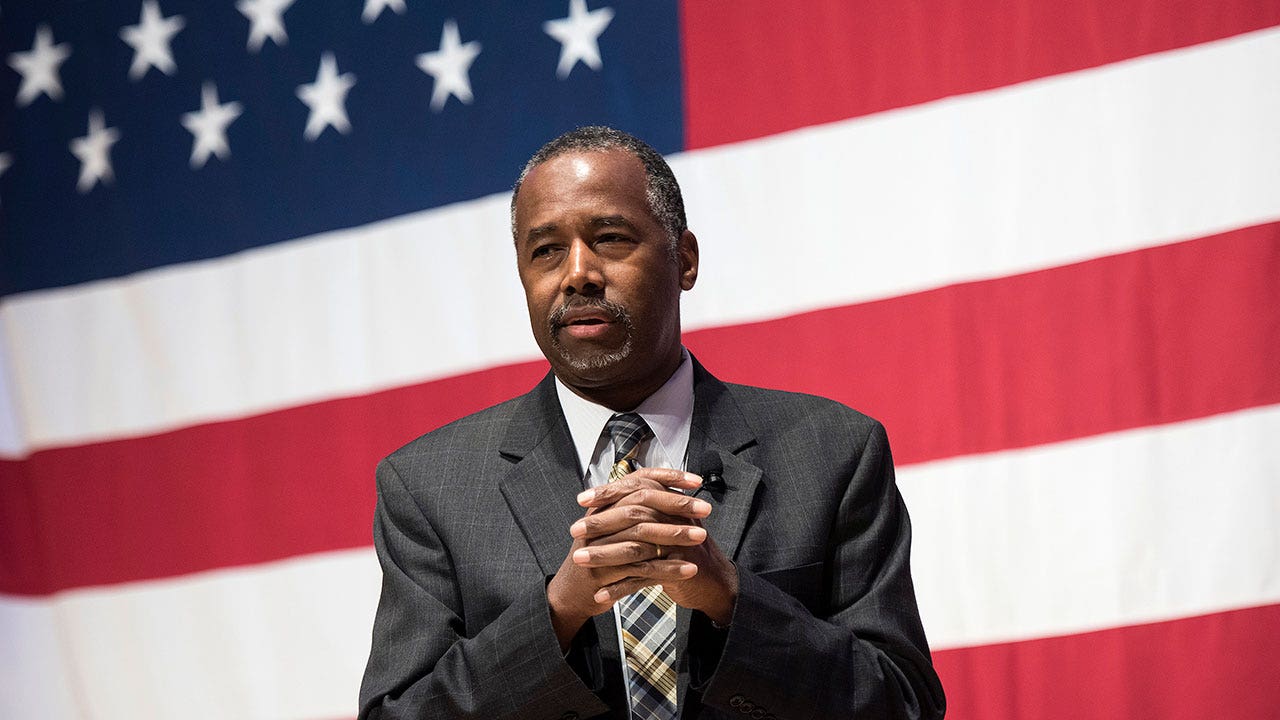Medicare & Social Security Crisis Deepens: Funding Shortfalls Accelerate Due to Soaring Healthcare Costs

A concerning new report from the Social Security and Medicare trustees reveals a significant acceleration in the projected depletion dates for these vital social safety nets. Driven primarily by escalating healthcare costs, Medicare's hospital insurance trust fund is now projected to run out of funds in 2033, a three-year earlier timeline than last year's estimate of 2036. This alarming shift underscores the growing financial strain on these programs and intensifies the urgency for comprehensive reform.
Understanding the Numbers: What's at Stake?
The “go-broke” date, as it's often referred to, signifies the point at which the trust fund’s reserves are depleted and full benefits can no longer be paid. While Social Security as a whole is projected to face solvency challenges later, the immediate concern lies with Medicare's hospital insurance (Part A) fund, which covers inpatient hospital stays, skilled nursing facility care, and some home health services.
The report highlights a confluence of factors contributing to this accelerated timeline. The aging population, with more beneficiaries drawing on Medicare and Social Security, is a key driver. However, the relentless rise in healthcare costs, fueled by technological advancements, pharmaceutical prices, and administrative expenses, is the primary culprit. These costs are outpacing the growth in payroll taxes, which fund the programs.
Why the Shift? A Closer Look at the Report
The trustees' report isn’t just about dates; it’s a detailed assessment of the programs' financial health. The updated projections reflect changes in economic assumptions, such as lower productivity growth and higher interest rates, further compounding the financial pressures. The report also factors in demographic shifts and the latest data on healthcare spending trends.
What Does This Mean for Americans?
The prospect of funding shortfalls raises serious concerns for current and future beneficiaries. While a complete cessation of benefits is unlikely – Congress has historically intervened to prevent such a scenario – potential solutions could include benefit reductions, increased payroll taxes, or a combination of both. The political feasibility of these options remains a significant hurdle.
Potential Solutions and the Path Forward
Addressing this challenge requires a multifaceted approach. Some potential solutions being discussed include:
- Increasing the Retirement Age: Gradually raising the age at which individuals become eligible for full benefits.
- Adjusting Benefit Calculations: Revising the formulas used to calculate benefits to reflect changes in inflation and wage growth.
- Expanding the Tax Base: Including previously untaxed income sources, such as investment income, in the payroll tax base.
- Controlling Healthcare Costs: Implementing policies to curb the unsustainable rise in healthcare spending.
The debate surrounding Medicare and Social Security reform is complex and politically charged. However, the latest report from the trustees underscores the urgent need for action to ensure the long-term solvency of these vital programs and protect the financial security of millions of Americans.
Stay Informed: Follow updates from the Social Security Administration (SSA) and Centers for Medicare & Medicaid Services (CMS) for the latest information and analysis.






